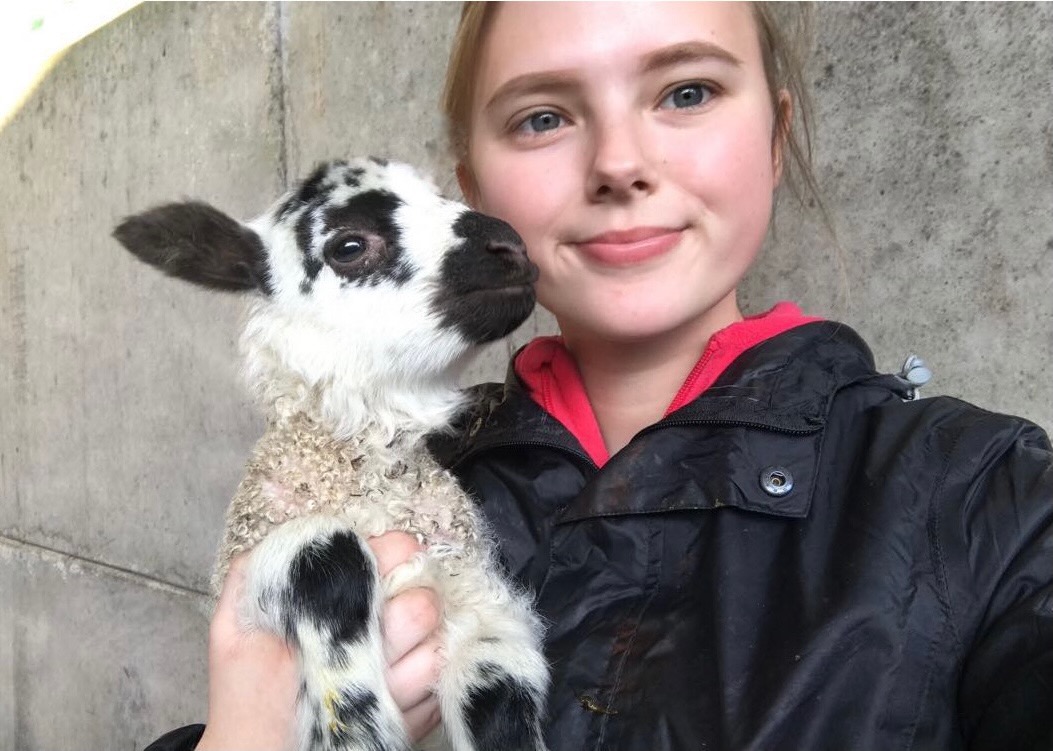
Iceberg indicators – a novel tool for more holistic assessment of animal welfare
By Abigail Frazer
The assessment of animal welfare on commercial farms is essential not only to safeguard the health and wellbeing of production animals and to ensure compliance with legislation, but to also provide assurance to consumers that the meat, milk, and eggs that they consume have been produced to a satisfactory welfare standard.
Animal welfare is multifaceted and cannot be assessed using a single measure, hence why animal welfare assessments are often lengthy, as they incorporate a wide range of measures in order to form a representative reflection of animal welfare. These lengthy assessments are however time consuming, and therefore impractical to implement on farm, with assessors often working within a time constraint of typically 1 hour. Iceberg indicators could offer a solution to this.
Iceberg indicators are described as indicators which provide an overall assessment of animal welfare. Much like the tip of an iceberg conceals the mass of ice below the surface of the water, iceberg indicators could be used to reflect a multitude of underlying welfare issues. The inclusion of iceberg indicators in future welfare assessments could reduce the number of measures that must be assessed. This would reduce the time taken to carry out these assessments, making them more practical on-farm while ensuring a holistic and representative assessment of animal welfare is still achieved.
Examples of novel iceberg indicators which could be valuable measures of pig welfare in future welfare assessments include frothy saliva and tear staining. Frothy saliva is an iceberg indicator of oral stereotypies. These are repetitive behaviours with seemingly no purpose, such as bar biting or floor licking, which are indicative of inadequate environmental enrichment and therefore poor welfare. Tear staining is another example of a potential non-invasive iceberg indicator which could be used to assess the emotional state and welfare of individual pigs, with more prominent tear staining associated with social stress and inadequate environmental conditions.
Another advantage of using iceberg indicators is that they enable the assessment of behaviours even if they are not currently being performed, allowing for more comprehensive, accurate assessment of welfare. For example, inactive pigs lay on the floor may not be exhibiting oral stereotypies, however the presence of frothy saliva would indicate that they have in fact been performing these repetitive behaviours and are therefore subject to poor welfare.
There is also potential to identify iceberg indicators using precision livestock farming techniques, such as the automated detection of distress calls in chicks, which are indicative of negative emotional state and therefore poor welfare.
Abigail Frazer is an Undergraduate Animal Science student at Newcastle University.
References
Camerlink, I. Pigs Welfare in Practice. Sheffield: 5m Publishing; 2020.
Czycholl, I, Kniese, C., Schradar, L., Krieter, J. Assessment of the multi-criteria evaluation system of the Welfare Quality® protocol for growing pigs. Animal. 2017; 11(9), 1573-1580.
Friedrich, L., Krieter, J., Kemper, N., Czycholl, I. Iceberg Indicators for Sow and Piglet Welfare. Sustainability. 2020; 12(21), 8967.
Heath, C.A.E., Browne, W.J., Mullan, S. & Main, D.C.J. Navigating the iceberg: reducing the number of parameters within the Welfare Quality® assessment protocol for dairy cows. Animal. 2014; 8(12), 1978–1986.
Herborn, K.A. McElligott, A.G., Mitchell, M.A., Sandilands, V., Bradshaw, B. & Asher, L. Spectral entropy of early-life distress calls as an iceberg indicator of chicken welfare. Journal of the Royal Society Interface. 2020; 17(167).
Telkänranta, H., Marchant-Forde, J.N. & Valros, A. Tear staining in pigs: a potential tool for welfare assessment on commercial farms. Animal. 2016; 10(2); 318-325.
Webb, L.E., Van Reenen, C.G., Engel, B., Berends, H., Gerrits, W.J.J. & Bokkers, E.A.M. Understanding oral stereotypies in calves: alternative strategies, hypothalamic–pituitary–adrenal axis (re)activity and gene by environment interactions. Animal. 2017; 11(6), 1054–1062.
